For many of our readers, 3D printing has either become an essential part of their digital practice or might be a transition still in process. Regarding the possibilities of 3D printing, Dental Tribune International spoke with Rebecca Hall, a final-year mechanical engineering student at the University of Central Florida in Orlando in the US who in her internships at NASA and Tesla gained forefront experience of the relevance of 3D-printing advancements for a variety of industries, dentistry included.
Ms Hall, you’ve worked with 3D printing in some cutting-edge companies. Many of our readers are familiar with 3D-printing processes in dental clinics. How is 3D printing used by engineers?
3D printing has meant that people across many industries are all now basically engineers who can design parts, do CAD, all without having to study engineering. In the past, you would have to design a part and order it to be manufactured, so most people never had the experience of designing something and holding it in their hands. This massive and expensive barrier has been removed with 3D-printing advancements.
Across my internships, 3D printing was used for rapid prototyping of smaller-scale parts to save time and money. Of course, this still requires creating a design, but once it has been printed, this provides a good idea of whether the part is actually going to function before putting in an order for manufacturing at great cost. We wouldn’t often use 3D printing for finalised parts unless there was a highly specialised need for that part, a special material or a very advanced printer.
Interns were expected to already know about 3D printing, but in reality most engineers just google what they need to know. A big part of working with 3D printing is troubleshooting, and that’s not something taught in college. You have to learn troubleshooting on the fly, and a great resource is online 3D-printing hobbyist communities.
“In the past [...] most people never had the experience of designing something and holding it in their hands.”
What should instruction in 3D printing involve?
I was first introduced to 3D printing in middle school by my older brother who had a 3D printer as a hobby. He helped me use open-source CT scans of a brain to print one for my high school psychology class. I did not encounter it in an educational curriculum until college, where we had a printing lab, and the basics were taught in my introduction to engineering course.
However, I think that principles of 3D printing should be taught starting at the high school level and that at university students should be taught more than fused deposition modelling printing. Students’ access to stereolithography, selective laser sintering, metal printing, concrete printing and large-scale printing at the university level needs to be encouraged because that’s where the industry is headed.
What recommendations do you have for our readers who have not received an education in 3D printing and engineering?
3D printing is making certain things, like prostheses, a lot more affordable and is overall a huge asset to the medical community because our bodies aren’t naturally perfect geometries. 3D printing allows practitioners to come up with solutions to accommodate everybody.
“A big part of working with 3D printing is troubleshooting, and that’s not something taught in college.”
For those who are just starting out learning about 3D printing in general, my tip would be to start out with CAD, by taking a basic CAD course or one on an industry-specific program to learn how parts are designed.
But you don’t have to know CAD to be successful at 3D printing; you can always grab existing files available online to start out and just print. Buying a cheap, basic printer is a great way to practise and to learn how to troubleshoot before investing in anything specific for your business. You will waste less money later by practising before you graduate to a more expensive, task-specific printer. Google, YouTube and hobbyist groups are going to be the best resource as you learn.
A lot of off-the-shelf 3D printers are very beginner friendly, as is the software itself. They’ve eliminated a lot of steps we needed to use in the past. Often, I find them easier to use than a regular, 2D, printer!
Tags:
BRISBANE, Australia: A team of biomedical researchers at the University of Queensland in Brisbane have undertaken a groundbreaking study that demonstrates ...
3D printing has arrived in dentistry. Like with the other great paradigm shifts of the past 50 years in the profession (cosmetic dentistry, implants and ...
COLOGNE, Germany: Today, Dental Tribune International hosted the founding meeting of the International Academy for Dental 3D Printing (iad3Dp). The goal of ...
3D printing is here to stay, and it continues to be one of the major topics in dentistry. Just recently, Dental Tribune International had the pleasure of ...
BARONISSI, Italy: The 2018 European Workshop on Periodontology on bone regeneration identified the manufacturing of customised biomaterials from 3D patient ...
For over 35 years, CEREC has been the go-to solution for the fabrication of high-quality restorations in the dental practice, offering the speed and ...
3D printing, commonly referred to as additive manufacturing (AM), is transforming many industries, including dental, biomedical, aerospace, construction and...
LOS ANGELES, U.S.: Technological advancements in dentistry are like a motor force that drives innovation and growth. This is true for digital dentistry. ...
GLADBECK, Germany: A good business relationship is one of the cornerstones to success, so why not partner with experienced providers? Based on more than 20 ...
3D printing has revolutionised modern dentistry, offering a cost-effective, versatile and efficient alternative to traditional fabrication methods. However,...
Live webinar
Fri. 12 December 2025
1:00 pm EST (New York)
Live webinar
Fri. 12 December 2025
2:00 pm EST (New York)
Deepak Simkhada RDHT, BSc, MSc, PGCE, FSET, Cat Edney
Live webinar
Mon. 15 December 2025
5:30 am EST (New York)
Live webinar
Mon. 15 December 2025
2:00 pm EST (New York)
Dr. Andrew Ip, Przemek Seweryniak
Live webinar
Mon. 15 December 2025
5:00 pm EST (New York)
Live webinar
Wed. 17 December 2025
6:00 am EST (New York)
Dr. Piet Haers Oral and Maxillofacial Surgeon
Live webinar
Wed. 17 December 2025
4:00 pm EST (New York)
Dr. Melissa Vettraino Bachstein DDS



 Austria / Österreich
Austria / Österreich
 Bosnia and Herzegovina / Босна и Херцеговина
Bosnia and Herzegovina / Босна и Херцеговина
 Bulgaria / България
Bulgaria / България
 Croatia / Hrvatska
Croatia / Hrvatska
 Czech Republic & Slovakia / Česká republika & Slovensko
Czech Republic & Slovakia / Česká republika & Slovensko
 France / France
France / France
 Germany / Deutschland
Germany / Deutschland
 Greece / ΕΛΛΑΔΑ
Greece / ΕΛΛΑΔΑ
 Hungary / Hungary
Hungary / Hungary
 Italy / Italia
Italy / Italia
 Netherlands / Nederland
Netherlands / Nederland
 Nordic / Nordic
Nordic / Nordic
 Poland / Polska
Poland / Polska
 Portugal / Portugal
Portugal / Portugal
 Romania & Moldova / România & Moldova
Romania & Moldova / România & Moldova
 Slovenia / Slovenija
Slovenia / Slovenija
 Serbia & Montenegro / Србија и Црна Гора
Serbia & Montenegro / Србија и Црна Гора
 Spain / España
Spain / España
 Switzerland / Schweiz
Switzerland / Schweiz
 Turkey / Türkiye
Turkey / Türkiye
 UK & Ireland / UK & Ireland
UK & Ireland / UK & Ireland
 Brazil / Brasil
Brazil / Brasil
 Canada / Canada
Canada / Canada
 Latin America / Latinoamérica
Latin America / Latinoamérica
 USA / USA
USA / USA
 China / 中国
China / 中国
 India / भारत गणराज्य
India / भारत गणराज्य
 Pakistan / Pākistān
Pakistan / Pākistān
 Vietnam / Việt Nam
Vietnam / Việt Nam
 ASEAN / ASEAN
ASEAN / ASEAN
 Israel / מְדִינַת יִשְׂרָאֵל
Israel / מְדִינַת יִשְׂרָאֵל
 Algeria, Morocco & Tunisia / الجزائر والمغرب وتونس
Algeria, Morocco & Tunisia / الجزائر والمغرب وتونس
 Middle East / Middle East
Middle East / Middle East
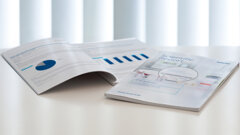

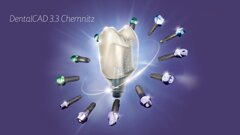

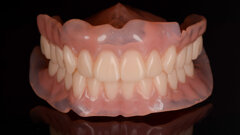




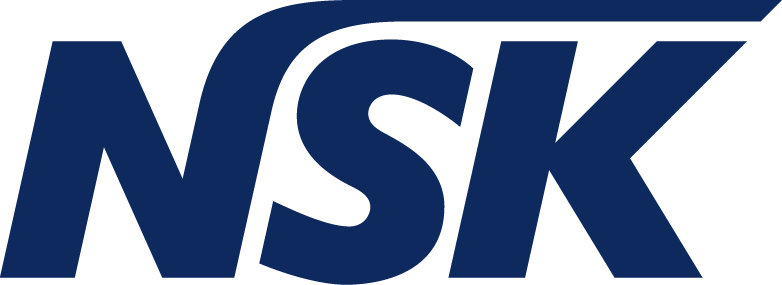
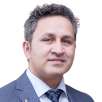












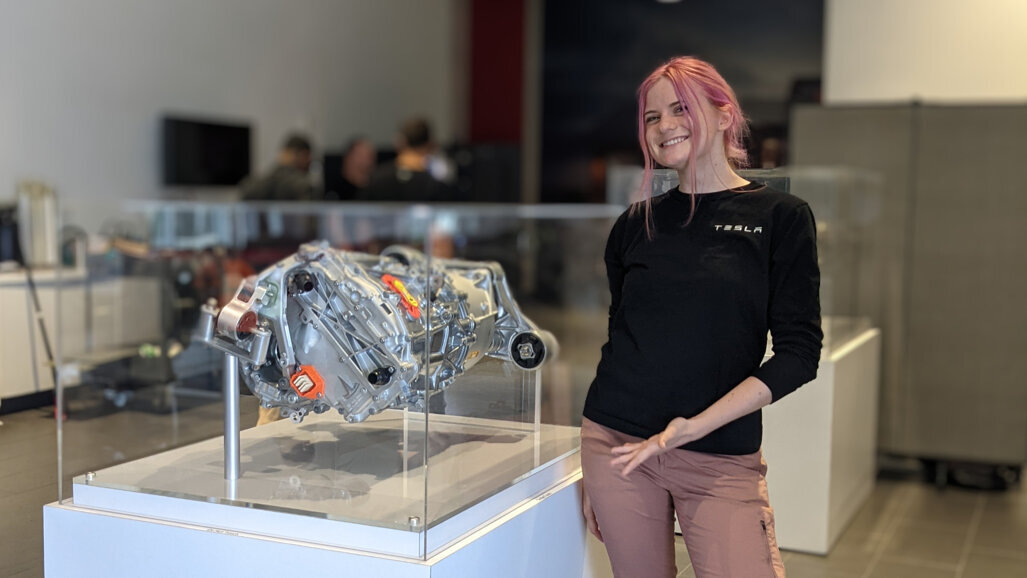


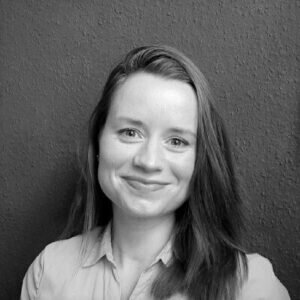
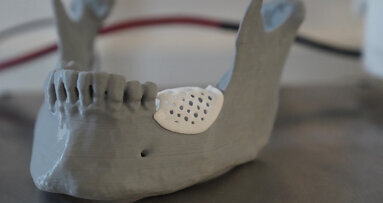
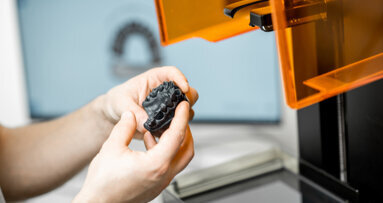
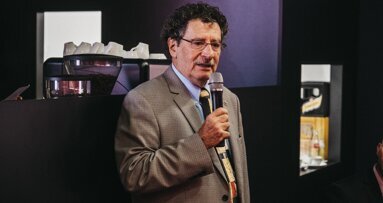
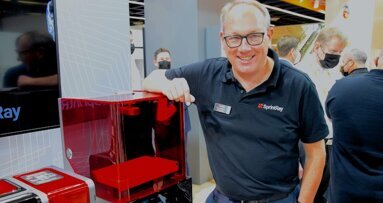
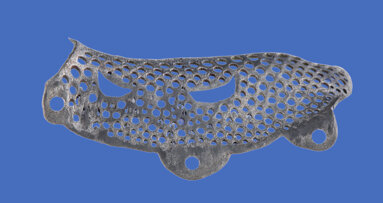
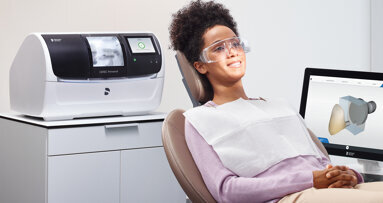
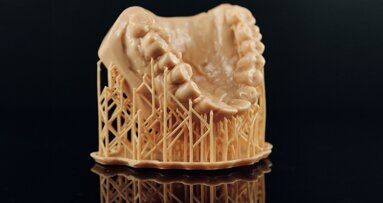
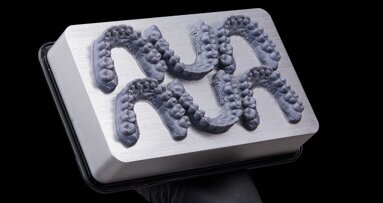
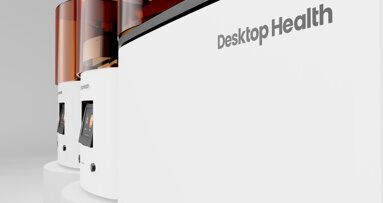
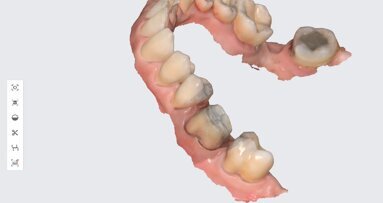



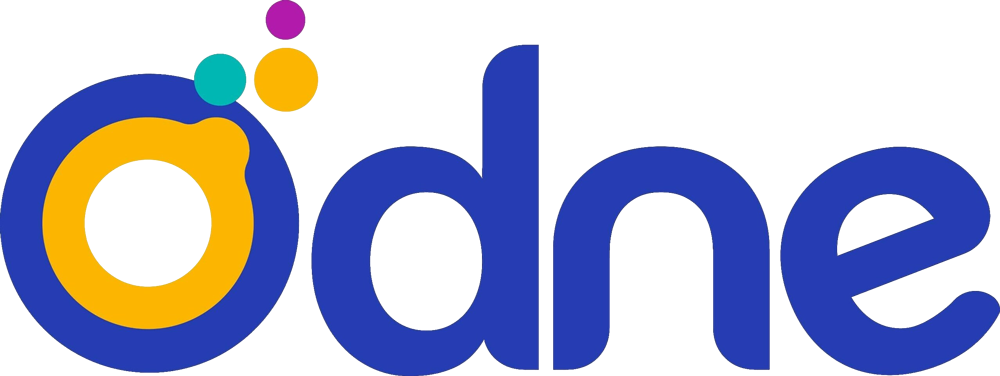




To post a reply please login or register